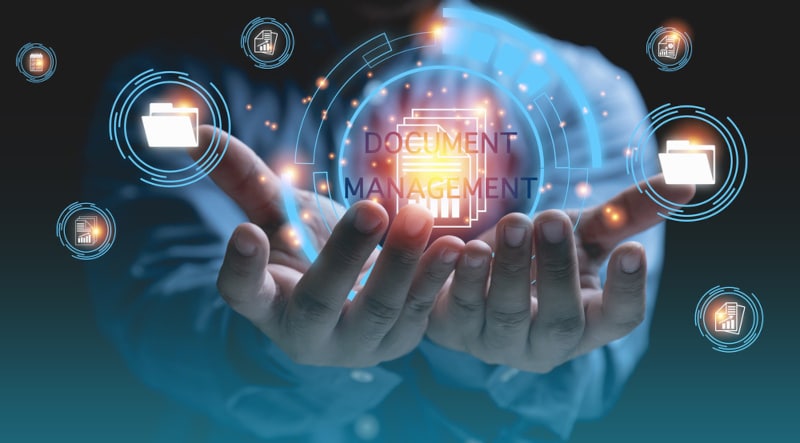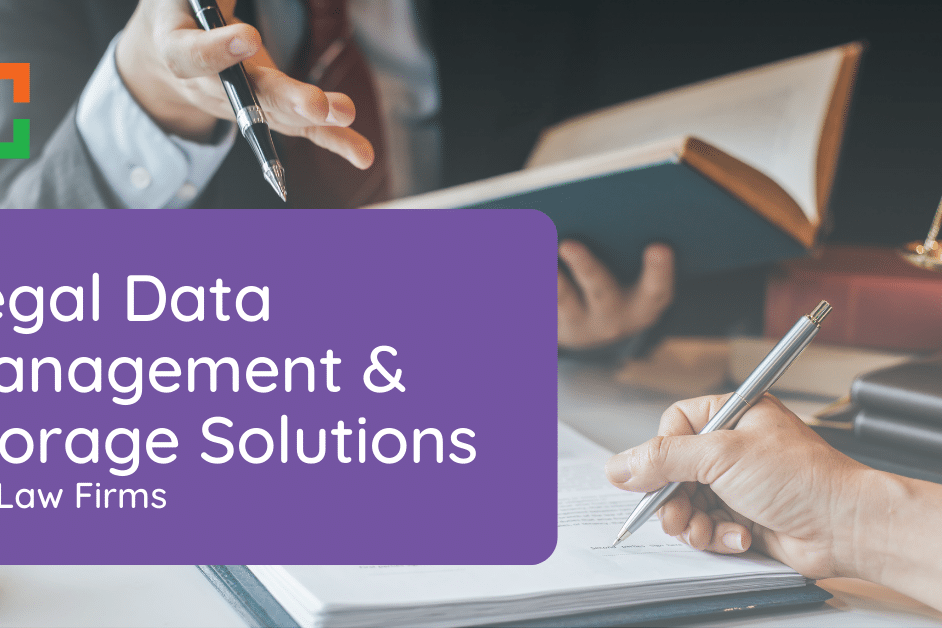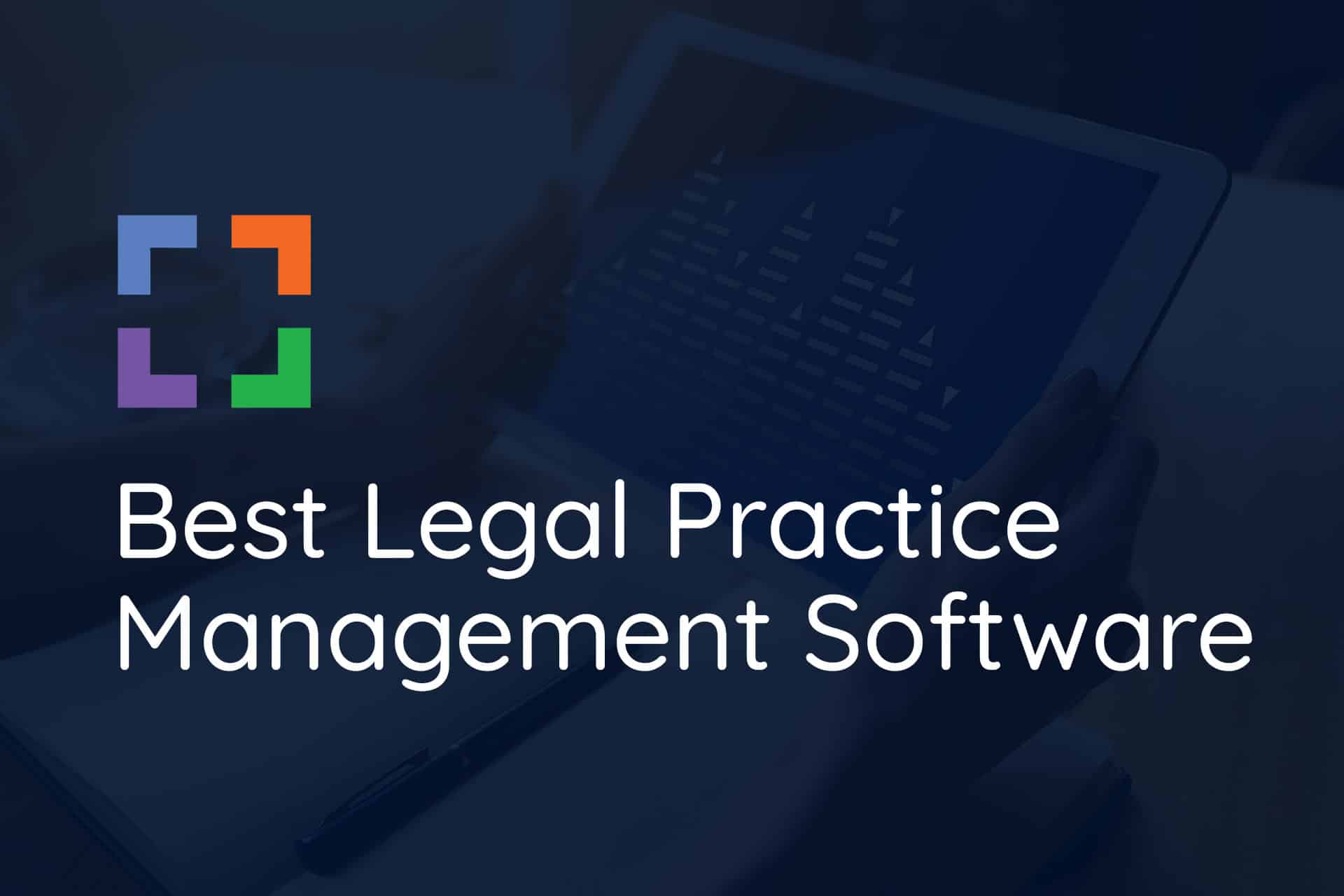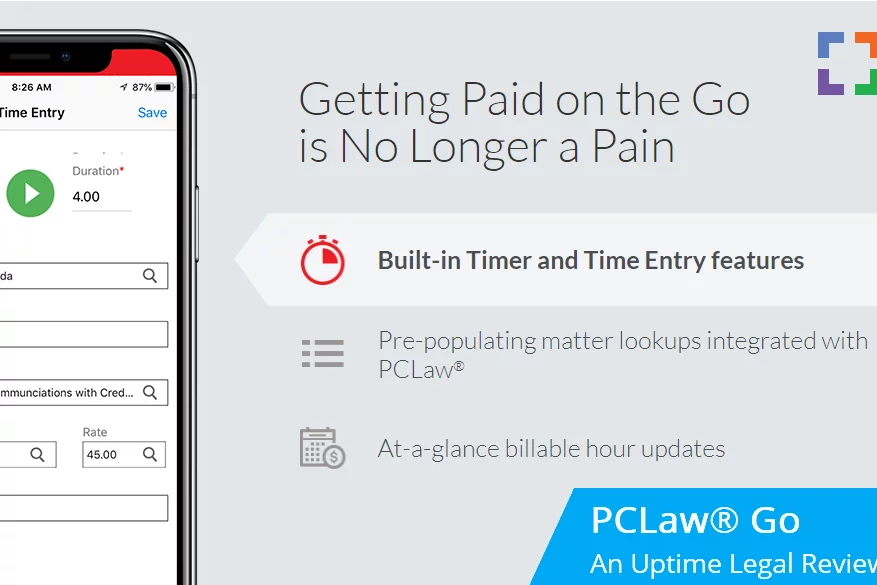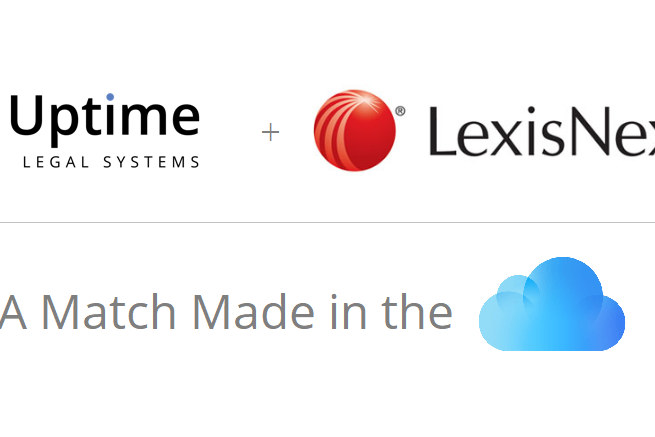What is Legal Document Management?
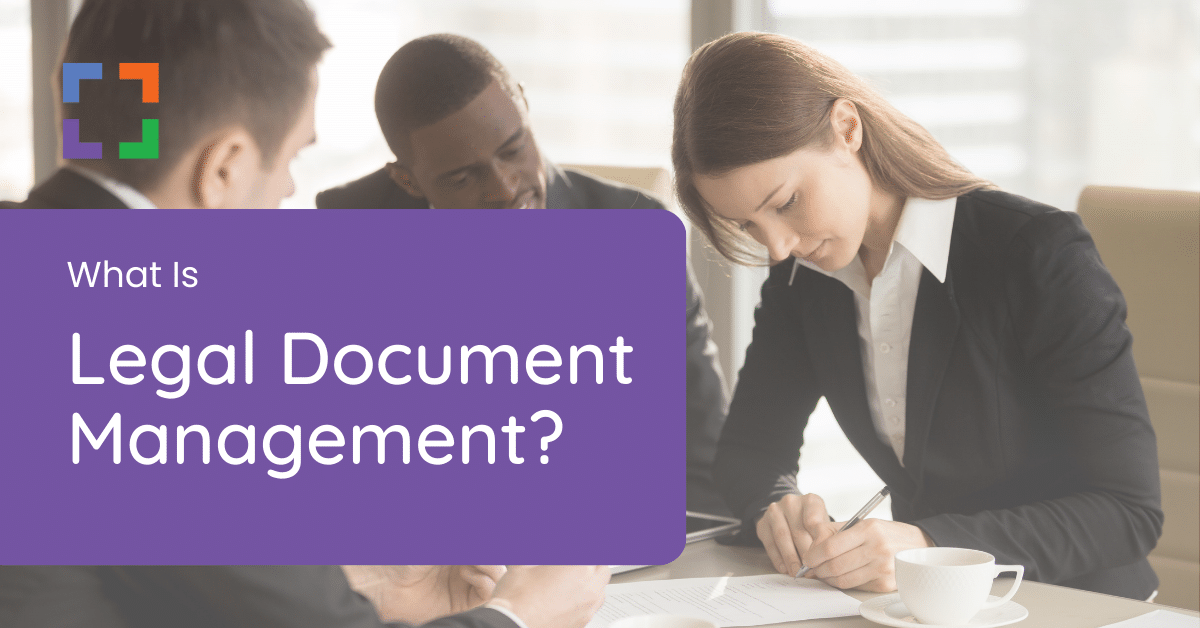
Introduction to Legal Document Management
Legal document management is creating, organizing, storing, securing, and retrieving legal documents. It includes contracts, agreements, court filings, pleadings, discovery documents, and other materials necessary to support legal cases and transactions.
Effective legal document management involves a combination of technology, people, and processes to ensure that documents are accurate, up-to-date, easily accessible, and secure.
In this article, we’ll explore the basics of legal document management, including its importance, process, best practices, technologies, challenges, and the future of the field.
What Are Legal Documents?
Legal documents are written materials that have legal significance or impact. They’re used to create, modify, or enforce legal rights, obligations, or relationships.
Legal documents can be created by individuals, businesses, or government entities and can include contracts, agreements, deeds, wills, trusts, leases, court filings, legal briefs, and many other types of documents.
They’re often complex and require precise language to be legally enforceable. They can be used in various legal contexts, such as transactions, litigation, regulatory compliance, and legal research.
They’re critical to the functioning of legal systems and are used by lawyers, judges, and other legal professionals to establish and protect legal rights and interests.
Importance of Legal Document Management
Legal document management is crucial for law firms, legal departments, and other organizations that deal with legal documents. Effective management of legal documents ensures that legal professionals have quick and easy access to the documents they need, which can save time and increase productivity.
It also helps to ensure that legal documents are accurate, up-to-date, and consistent, which is important for compliance with legal and regulatory requirements. Proper management of legal documents also enhances collaboration among team members and reduces the risk of errors or omissions.
Additionally, legal document management can improve the security and confidentiality of sensitive information, which is critical for protecting the interests of clients and maintaining professional ethics. Legal document management is essential for ensuring efficiency, productivity, compliance, and quality in legal operations.
Legal Document Management Process
The legal document management process involves several steps, from document creation to its eventual disposition.
The first step is document creation, where a legal professional creates a new document or receives one from a client.
Next, the document is reviewed for accuracy and completeness, and relevant metadata is added, such as the date, author, and subject matter. The document is then stored in a central repository, either physically or electronically, where it can be easily retrieved when needed.
Access control mechanisms are implemented to ensure that only authorized personnel can view or modify the document. As the document is used, it may be updated, annotated, or shared with other team members or external parties.
Finally, when the document is no longer needed, it is disposed of securely and in compliance with legal and regulatory requirements. The legal document management process requires careful planning, implementation, and monitoring to ensure that legal documents are managed effectively throughout their lifecycle.
Best Practices for Legal Document Management
Effective legal document management involves following best practices that ensure documents are created, organized, stored, secured, and retrieved efficiently and securely. Some best practices for legal document management include:
- Establish document management policies and procedures: Document management policies and procedures should be established and communicated to all personnel involved in the document management process. These policies and procedures should outline the document creation, review, storage, retrieval, and disposition process, as well as access controls, document versioning, and retention schedules.
- Use consistent naming conventions and metadata: Consistent naming conventions and metadata help to organize documents and make them easier to retrieve. Documents should be named to reflect their content and purpose, and relevant metadata, such as date, author, and subject matter, should be added to facilitate searching and filtering.
- Use document templates: Document templates can help to ensure consistency and accuracy across documents, especially for standard documents like contracts, agreements, and pleadings. Templates can include predefined sections, formatting, and language to ensure that documents are completed correctly and efficiently.
- Use electronic document management systems: Electronic document management systems (DMS) enable efficient and secure document storage, retrieval, and sharing. DMS can include features like version control, access controls, audit trails, and search and retrieval tools that enhance document management processes.
- Implement document security measures: Document security measures, such as access controls, encryption, and backup and recovery, help to protect sensitive information from unauthorized access, alteration, or destruction. Security measures should be designed to comply with legal and regulatory requirements and to meet organizational policies and standards.
- Conduct regular document audits: Regular document audits can help to identify and resolve issues with document management processes, such as missing documents, outdated information, or security vulnerabilities. Audits can also help to ensure compliance with legal and regulatory requirements.
- Training and support: Training and support for legal document management processes can help ensure that personnel understands and follow best practices. Training should cover policies and procedures, document templates, DMS features, security measures, and other relevant topics.
By following best practices for legal document management, law firms and legal departments can ensure that their document management processes are efficient, secure, and compliant with legal and regulatory requirements.
Legal Document Management Technologies
Several legal document management technologies can be used to facilitate the efficient and secure management of legal documents.
These technologies include:
- Electronic document management systems (DMS): DMS is a software system that stores, organizes, and manages electronic documents, making it easier to store, retrieve, and share legal documents. DMS can also provide features such as version control, access controls, and audit trails.
- Document collaboration platforms: Document collaboration platforms enable multiple users to work on a document simultaneously, making it easier to collaborate on legal documents. Examples of document collaboration platforms include Google Docs, Microsoft SharePoint, and Dropbox.
- E-signature platforms: E-signature platforms enable legal professionals to sign legal documents electronically, eliminating the need for physical signatures. E-signature platforms can include features such as authentication, security, and audit trails.
- Legal research databases: Legal research databases provide access to legal documents, case law, and legal commentary, making it easier to conduct legal research. Examples of legal research databases include Westlaw, LexisNexis, and Bloomberg Law.
- Contract management systems: Contract management systems enable the creation, negotiation, and management of legal contracts. Contract management systems can include features such as workflow management, approval processes, and contract analytics.
By using these technologies, law firms and legal departments can improve their legal document management processes, streamline their workflows, and enhance their productivity and efficiency.
Choosing a Legal Document Management System
Choosing a legal document management system (DMS) is a critical decision for any law firm or legal department.
Here are some key reasons why choosing a DMS is essential for effective legal document management:
- Improved organization and accessibility: A DMS provides a centralized location for all legal documents, making it easier to organize and access documents when needed. A DMS can also provide search and retrieval tools that enable users to quickly locate specific documents.
- Increased productivity: A DMS can streamline document workflows and automate routine tasks, freeing up time for legal professionals to focus on more strategic tasks.
- Enhanced collaboration: A DMS enables multiple users to work on a document simultaneously, enhancing collaboration among team members and improving the speed and quality of document review and revision.
- Improved security and compliance: A DMS can provide robust security features, such as access controls, encryption, and audit trails, that protect sensitive information from unauthorized access, alteration, or destruction. A DMS can also help organizations comply with legal and regulatory requirements.
- Cost savings: A DMS can reduce the cost of document management by eliminating the need for physical document storage and reducing the time and resources required for document retrieval and review.
When choosing a legal DMS, it’s essential to consider factors such as ease of use, scalability, security features, integration with other software, and cost.
By selecting a suitable DMS, law firms and legal departments can improve their document management processes, enhance their productivity, and achieve better business outcomes.
Security and Confidentiality of Legal Documents
Security and confidentiality are crucial aspects of legal document management. A DMS can provide several features to ensure that legal documents are secure and confidential.
- Access controls: A DMS can provide access controls that limit access to specific documents or folders based on the user's role or permissions. This ensures that only authorized personnel can access sensitive information.
- Encryption: A DMS can encrypt documents at rest and in transit, protecting them from unauthorized access or interception. Encryption makes it more difficult for hackers or cybercriminals to access sensitive information.
- Audit trails: A DMS can maintain an audit trail that records all actions taken on a document, including who accessed it, when it was accessed, and what changes were made. Audit trails provide an additional layer of security and accountability, making detecting and responding to any security breaches easier.
- Two-factor authentication: A DMS can use two-factor authentication to verify the identity of users, reducing the risk of unauthorized access to sensitive information.
- Data backup and disaster recovery: A DMS can provide data backup and disaster recovery features that protect legal documents even during a natural disaster, cyberattack, or other unexpected events.
A DMS can provide robust security and confidentiality features that protect legal documents from unauthorized access, alteration, or destruction.
Using a DMS, law firms and legal departments can enhance their security posture, comply with legal and regulatory requirements, and protect their client’s sensitive information.
Future of Legal Document Management
The future of legal document management is likely to be shaped by advances in technology and changing business needs.
Here are some key trends that are likely to influence the future of legal document management:
- Artificial Intelligence: The use of AI-powered document analysis tools is likely to increase, enabling legal professionals to analyze and extract information from large volumes of legal documents more efficiently and accurately.
- Cloud-based Document Management: Cloud-based document management is likely to become more prevalent, enabling legal professionals to access and work on legal documents from any location using any device.
- Blockchain Technology: Blockchain technology will likely increase, providing a more secure and transparent way to store and manage legal documents.
- Collaborative Document Management: Collaborative document management will become more important, enabling legal professionals to collaborate more effectively and efficiently on legal documents.
- Mobile Document Management: Mobile document management will likely become more important, enabling legal professionals to access and work on legal documents from their mobile devices.
- Integration with Other Legal Technologies: Integrating document management systems with other legal technologies, such as e-discovery, contract management, and billing systems, provides a more seamless and efficient workflow for legal professionals.
Dennis Dimka
As the founder and CEO of Uptime Legal Systems, I've had the privilege of guiding our company to become a leading provider of technology services for law firms.
Our growth, both organic and through strategic acquisitions, has enabled us to offer a diverse range of services, tailored to the evolving needs of the legal industry.
Being recognized as an Ernst & Young Entrepreneur of the Year Finalist and seeing Uptime Legal ranked among the Inc. 5000 list of fastest-growing private companies in America for eight consecutive years are testaments to our team's dedication.
At Uptime Legal, we strive to continuously innovate and adapt in the rapidly evolving legal tech landscape, ensuring that law firms have access to the most advanced and reliable technology solutions.
Related Posts
June 27, 2024
The Impact of Remote Work on Law Firm IT
March 13, 2024
Law Firm Collaboration Software
February 8, 2024
Legal Data Management & Storage Solutions for Law Firms
January 9, 2024
VoIP for Law Firms
November 15, 2023
Outsourced IT for Law Firms
September 28, 2023
Best Law Practice Management Software (2024)
September 5, 2023
Juris Support – How to Get Help for Juris
August 30, 2023
Tabs3 Support – How to Get Help for Tabs3
August 30, 2023
Microsoft Teams for Law Firms
August 23, 2023
ProLaw Support – How to Get Help for ProLaw
July 24, 2023
PCLaw Support – How to Get Help for PCLaw
December 22, 2022
Interpreting the 2022 Legal Trends Report
February 24, 2021
Uptime Legal Joins the Thomson Reuters Marketplace
November 18, 2019
Best Legal Practice Management Software for 2021
January 28, 2019
PCLaw® Go – An Uptime Legal Review
January 7, 2019
Time Matters® Go – An Uptime Legal Review
December 4, 2018
Aderant Review – by Uptime Legal
October 24, 2017

